ISSN ONLINE(2319-8753)PRINT(2347-6710)
ISSN ONLINE(2319-8753)PRINT(2347-6710)
| Soumen Teli Professional Trainee, Department of Central Library, IIT Kharagpur, West Bengal, India |
| Related article at Pubmed, Scholar Google |
Visit for more related articles at International Journal of Innovative Research in Science, Engineering and Technology
This paper tried to discuss the phenomena for designing and developing a central metadata harvesting repository from selected Indian Institutional Digital Repositories. The metadata Standard format used is the Dublin Core Metadata. For metadata harvesting from the IDRs we used the Open Archives Initiative Protocol for Metadata Harvesting standard version 2.0. The study primarily tried to focus on building a central indexed repository. The repository is configured using Dspace version 4.1 and harvesting is done using its user interface. The number of digital repositories is increasing enormously around the world. With reference to DOAR in India there are presently 68 digital repositories. User’s want relevant information according to their query with minimum interval of time. Henceforth they compled to search the individual repositories for getting his or her desire documents. This study tries to solve the mentioned problem of “searching individual repositories” by building a central indexed repository and providing a single search dialog box. In order to allow users to search efficiently from various institutional digital repositories we have configure a central indexed repository which will harvest metadata as well as Bitstream only if ORE support is configured in the data provider server. Metadata harvesting is the process of aggregating metadata from various data providers. Then DSpace service uses these aggregated metadata and apache SOLR indexes them and finally provides a resource discovery solution to the library patrons.
Keywords |
| Repository, Open Archive, Metadata, OAI-PMH, Dublin Core, Open access, Harvesting, OAI-ORE |
INTRODUCTION |
| The development of open source digital library software brings an avenue in the pattern of library and information services to collect, organise, preserve and disseminate information to the diverse user community. The number of digital repositories and digital publications distributed all over the India is increasing rapidly. It is found that major document deposited in Institutional repositories are Theses, Dissertations, Conference papers, Journal article, Reports, Patents etc. Such growth gives new opportunities. It allows using distributed metadata to create novel network services with content and functionality not possible to achieve before. As the collection grew the need for tools to manage the content exchange local to the federated repository become evident. Data exchange between repositories is a component of Cooperative repository initiatives. The essence of harvesting is to enable access to web-accessible material through inter operable repositories for metadata sharing, publishing and archiving. The sharing of knowledge may lead to further development in to the same discipline or related discipline. OAI-PMH specifies two players in the harvesting process- Data provider, who create structural metadata and expose them for harvesting and Service provider, who harvest and normalize the structured metadata, providing a searchable interface to search for and retrieve metadata records. The harvesting process is consisting of the service provider using HTTP to request information from the data provider, which responds in accordance with the established protocol. |
| Metadata is structured information that describes, explains, locates or otherwise make it easier to retrieve, use, or manage an information resource. Metadata is often called data about data or information about information. |
| Metadata harvesting is a technique for gathering together of metadata from a number of distributed repositories into a combined data store. |
OBJECTIVE OF THE STUDY |
| The objectives of the study are: To store and preserve other institutional digital assets. To collect content from different repositories into a single location and To provide open access of different Institutional research outputs by self archiving. |
LITERATURE REVIEW |
| Review of related search, and search for related literature on the chosen topic of research work is an important step before the actual research work is undertaken. By the literature survey a user can directly refer to that particular document which is relevant to the concept, which help to avoid duplication of previous research work and also help to discover something new or expanding the existing knowledge. The review of literature, in the present study covers macro and micro documents, e-resources as well as a few websites relevant to the topic concerned. |
| OAI: The Open Archives Initiative develops and promotes interoperability standards that aim to facilitate the efficient dissemination of content. The open Archives Initiative has its roots in an effort to enhance access to e-print archives as a means of increasing the availability of scholarly communication. |
| OAI-PMH: The Open Archives Initiative Protocol for Metadata Harvesting (OAI-PMH) is a low-barrier mechanism for repository interoperability. Data Provider is repositories that expose metadata via OAI-PMH. Service providers then make OAI-PMH service request to harvest that metadata. OAI-PMH is a set of six verbs of services that are invoked within HTTP. |
| OAI-ORE: Open Archives Initiative Object Reuse and Exchange (OAI-ORE) defines standards for the description and exchange of aggregations of Web resources. These aggregations, sometimes called compound digital objects, may combine distributed resources with multiple media types including text, images, data, and video. The goal of these standards is to expose the rich content in these aggregations to applications that support authoring, deposit, exchange, visualization, reuse, and preservation. |
| OAI-PMH Verbs: These are the Verbs defined in the OAI-PMH |
| GetRecord: This verb is used to retrieve an individual metadata record from a repository. |
| Identify: This verb is used to retrieve information about a repository. |
| List Identifiers: This verb is an abbreviated form of List Records retrieving only headers rather than records. |
| List Metadata Formats: This verb is used to retrieve the metadata formats available from a repository. |
| ListRecords: This verb is used to harvest records from a repository |
| ListSets: This verb is used to retrieve the set structure of a repository |
| Record Format: At the lowest level a data provider must support the simple Dublin Core record format ('oai_dc'). This format is defined by the OAI-PMH DC XML schema. Data providers may also provide metadata records in other formats. Example OAI DC metadata record |
| The following are an example of record format |
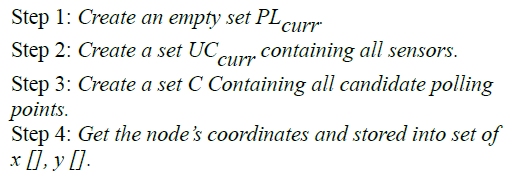 |
INSTITUTIONAL DIGITAL REPOSITORIES IN INDIA |
| Data collected from Directory of Open Access Repository (DOAR) shows there are 68 IDRs in Indian subcontinent. Dspace, ePrints and many other open source softwares are being used for creating repositories. The source of the data is openDOAR data collected on 26th Dec 2014. With reference to the above data it may be said as if a librarian selects “ePrints” or “DSpace” for creating IDR then it will be a good decision, because sufficient help is available as many institutions are using one of the two mentioned software. |
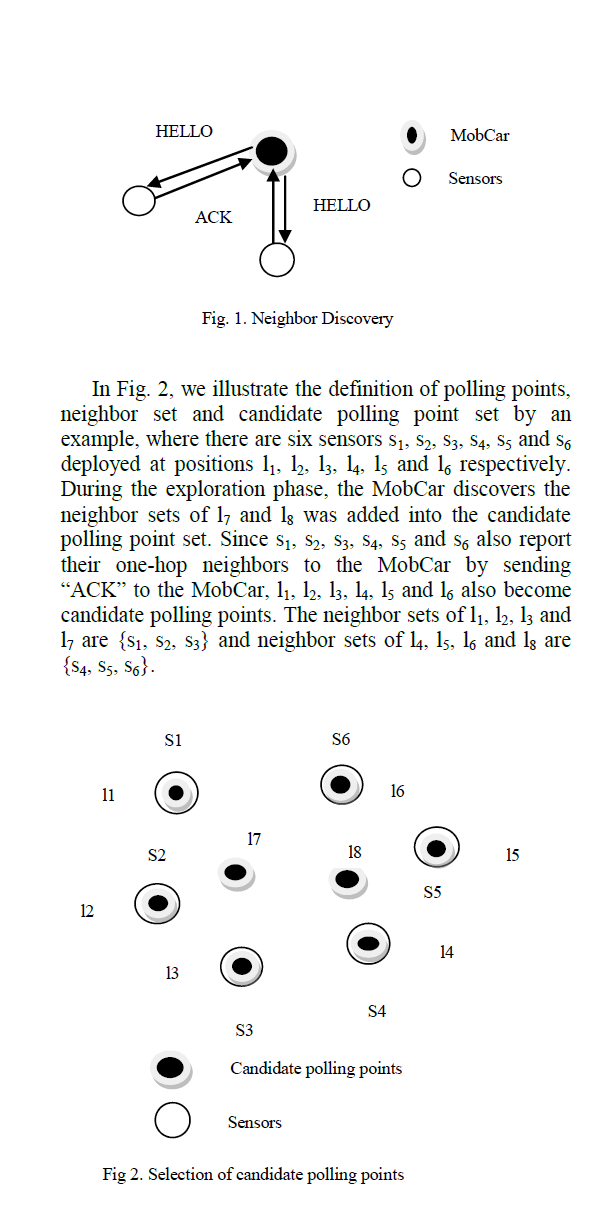 |
| The findings show that 61.8% i.e. 42 number of institutions uses Dspace and 29.4 % of institutions use EPrints software’s. Henceforth it is being decided for the study that we will create the central repository using Dspace software. |
RESEARCH METHODOLOGY |
| Methodology has tremendous roll to execute a project successfully. This article is all about the planning for harvesting of digital contents and creation of a Central Indexed Repository. As mentioned above out of the 68 digital repositories we have randomly selected 13 repositories (i.e. 20% of total repositories) for metadata harvesting. All the selected IDRs are preserving digital contents in various subject areas and out of selected 13 repositories only 6 repositories are founded active for metadata harvesting. |
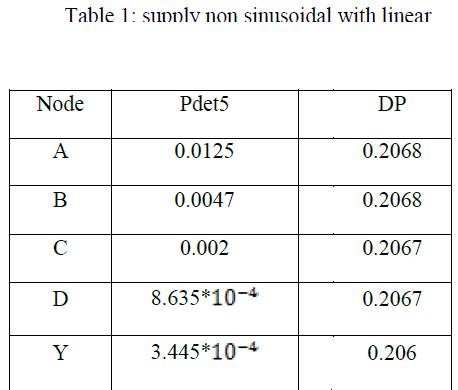 |
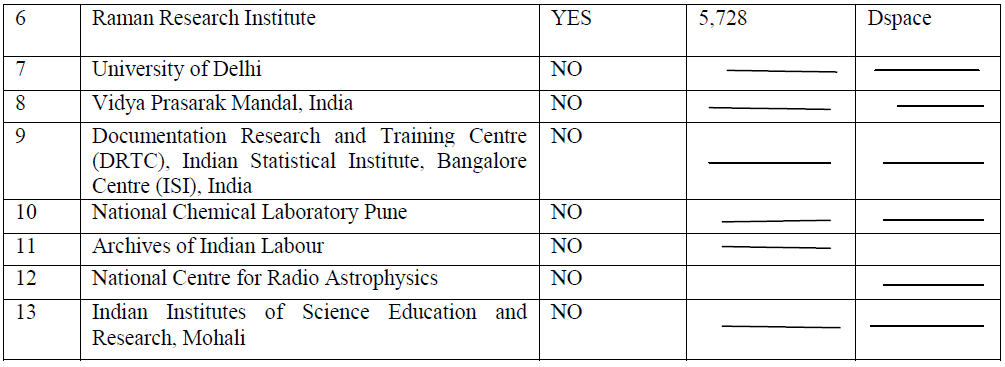 |
CREATION OF CENTRAL REPOSITORIES |
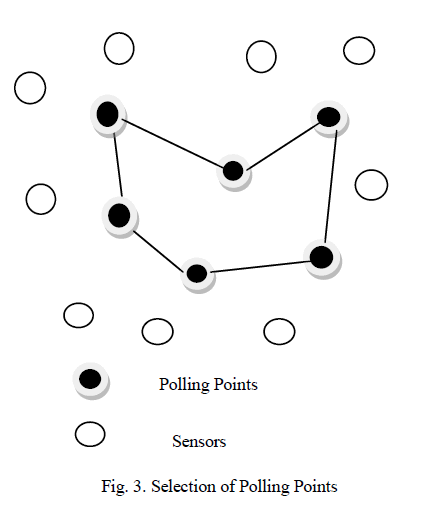 |
| As shown in figure 2 central repository server is build using Dspace version 4.2.It harvests metadata from various IDR on test basis.The single window search facility helps the end user to search all the 7 repositories in one place.This finally helps and benefits the library patrons |
STEPS OF HARVESTING |
| Harvesting is the process accomplished in three steps. First validate the OAI URL, and then decide the set specification to be harvested and finally import the data. This is shown in the screen shots below. |
Validity Testing for Metadata Harvesting |
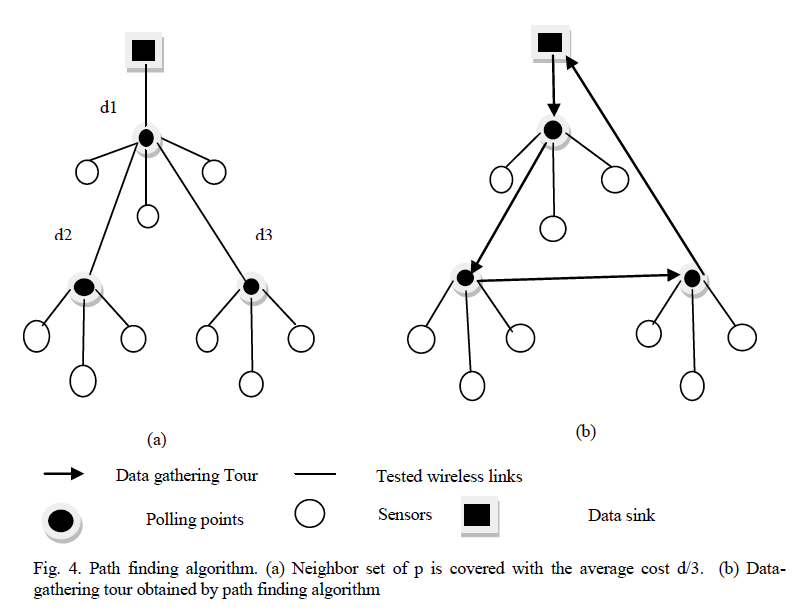 |
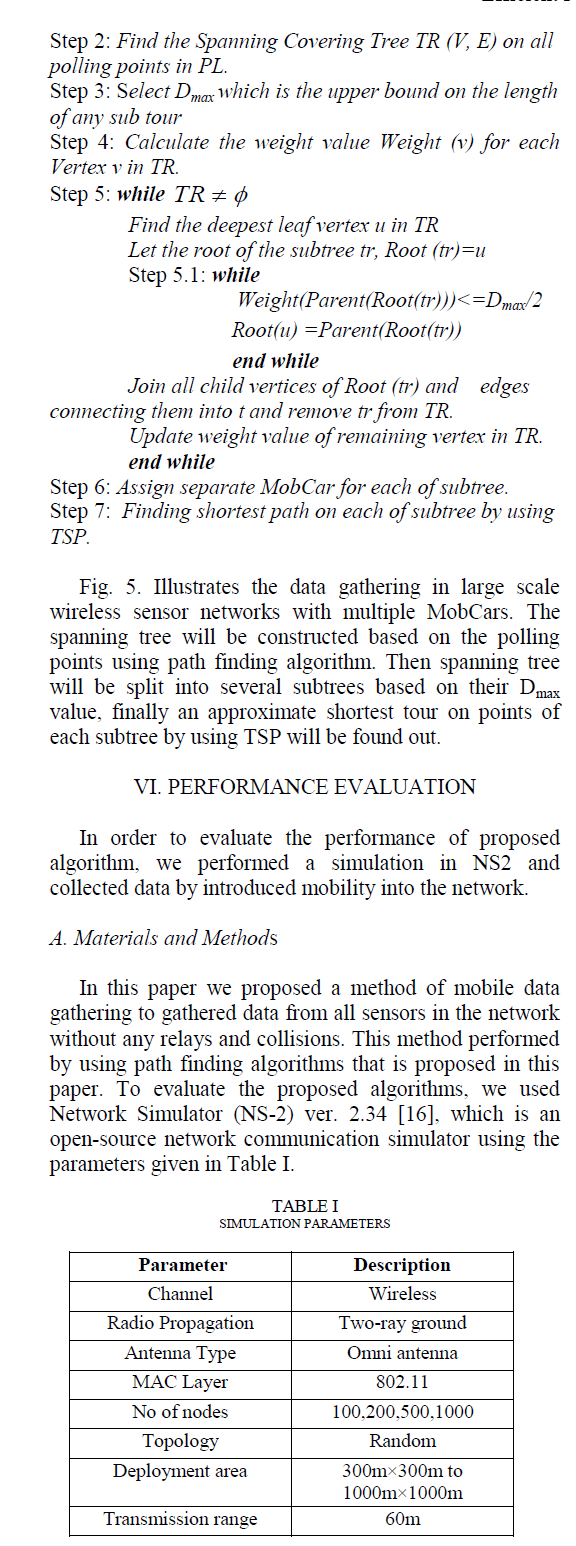 |
HARVESTING STATUS OF IDRS |
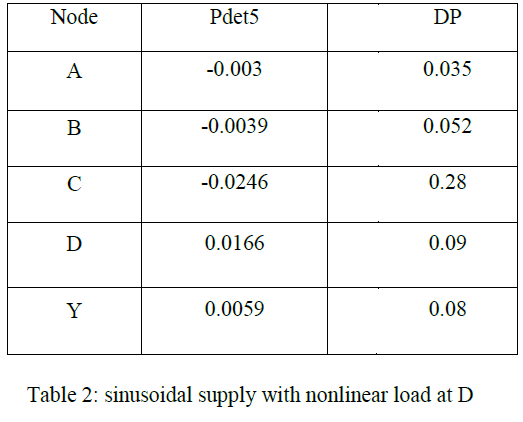 |
| The above table show that we have harvested around 34,500 metadata from 6 active IDR’s. With this we can create a model central repository which will help users to locate and find their required data very easily and in one single place. |
CONCLUSIONS |
| This paper tried to describe a model to building a Central repository. We have illustrated how existing metadata can be harvested fairly easily and using standard tools. It is used to harvest remote IDRs by means of the OAI-PMH protocol. It also gives the user the possibility to search through gathered remote metadata. In fact, any OAI-PMH-enabled repository can be harvested and searched using that service. However, this paper also illustrated the technological side of the harvesting process. |
References |
|